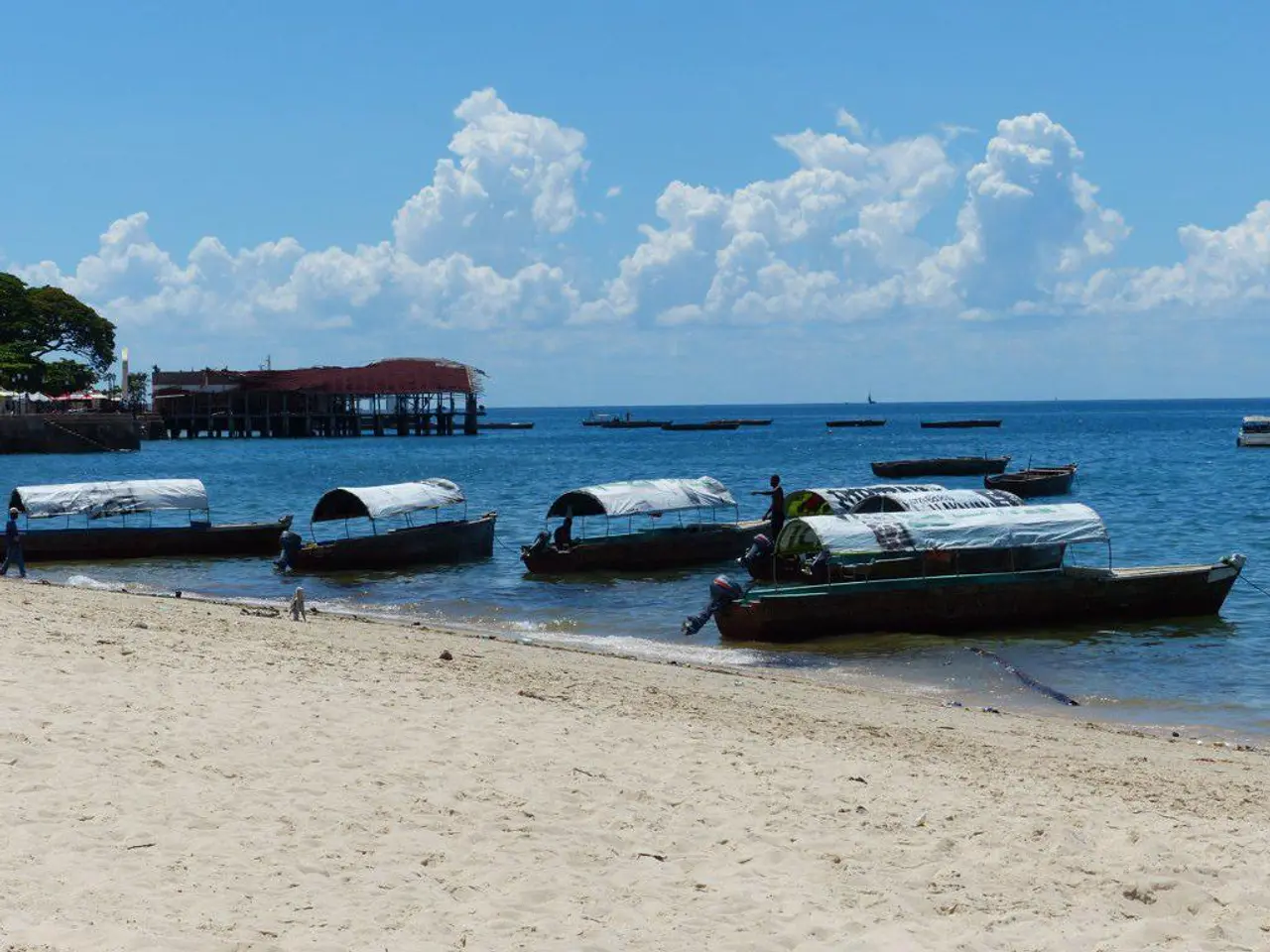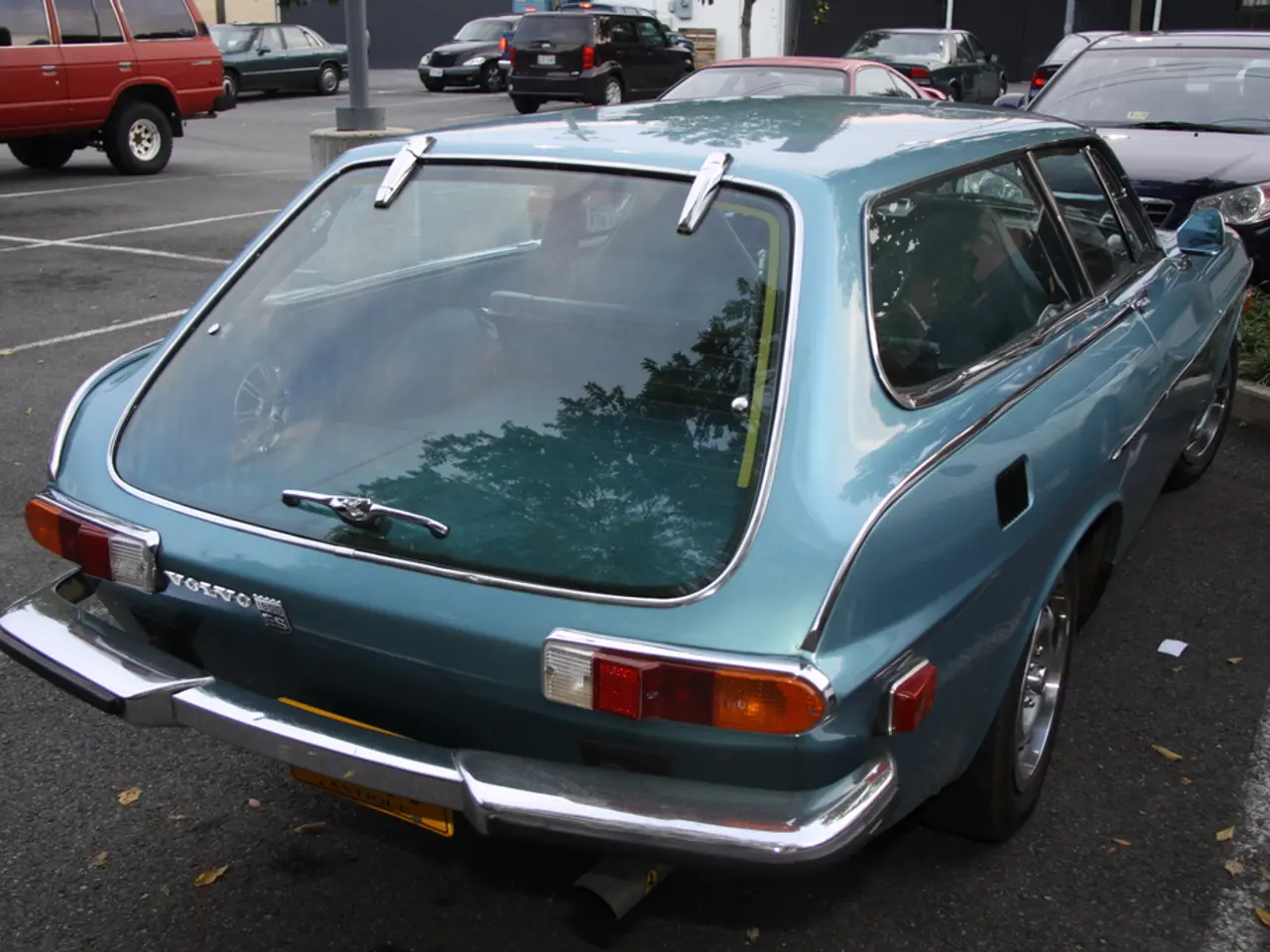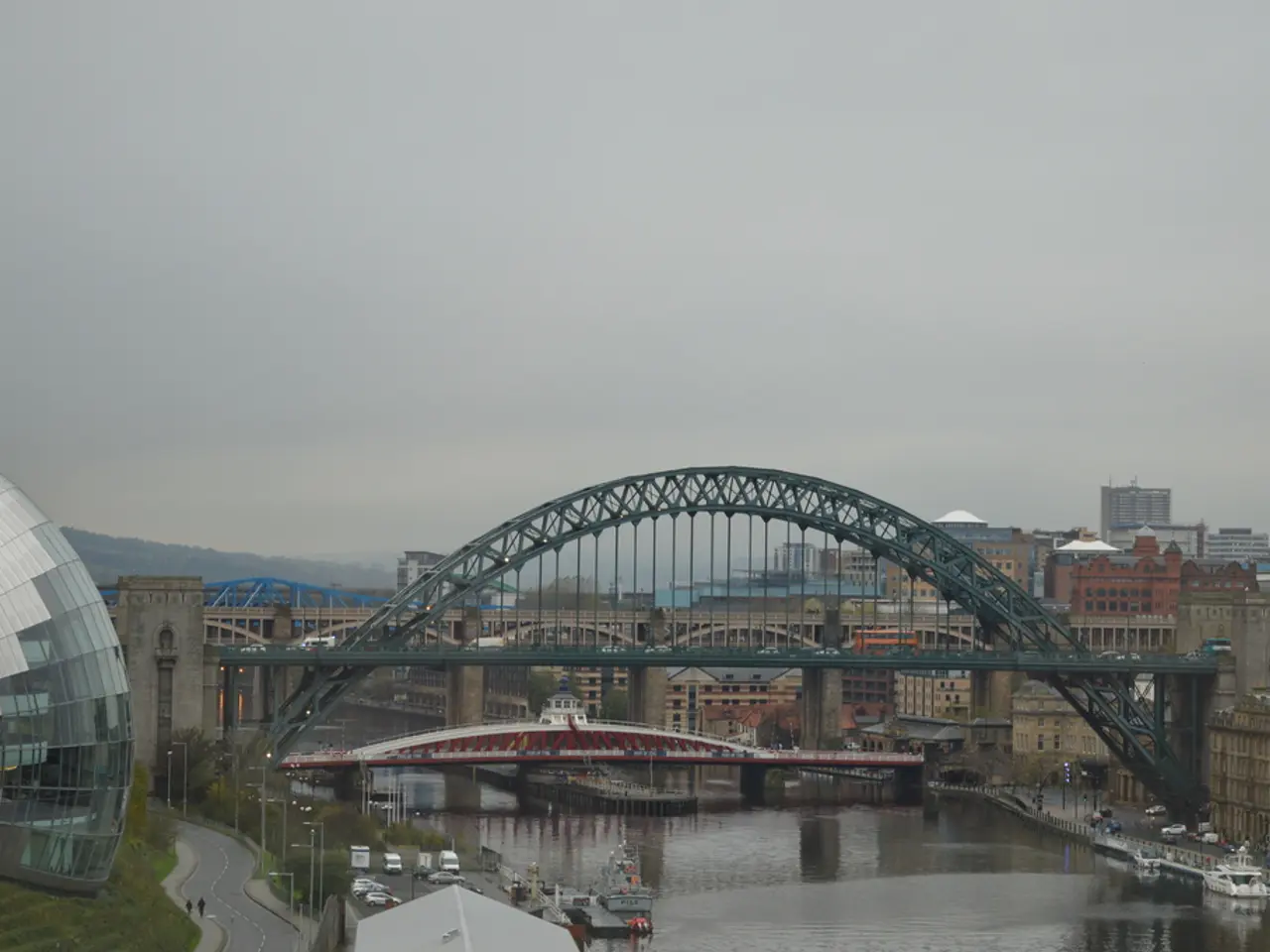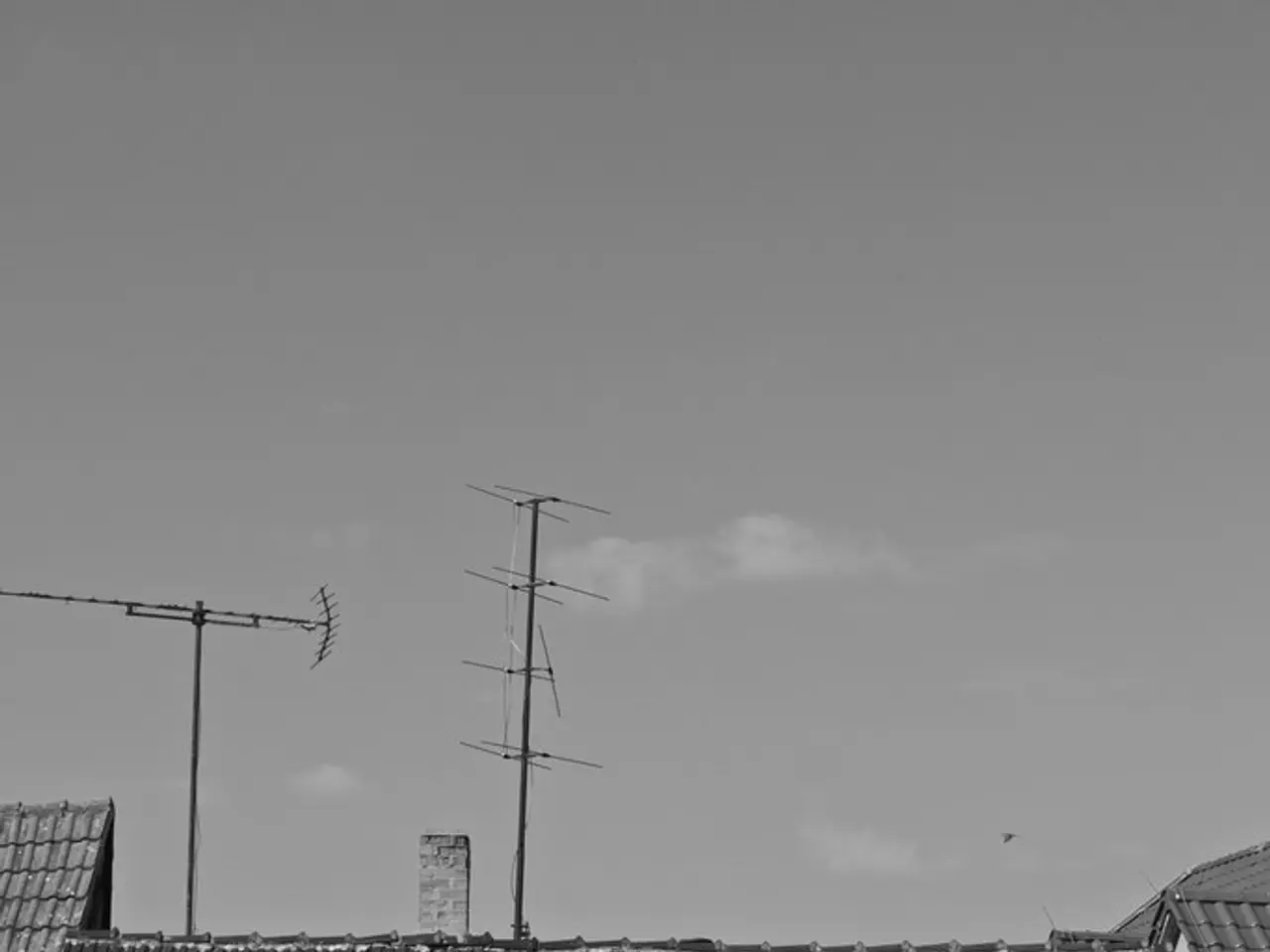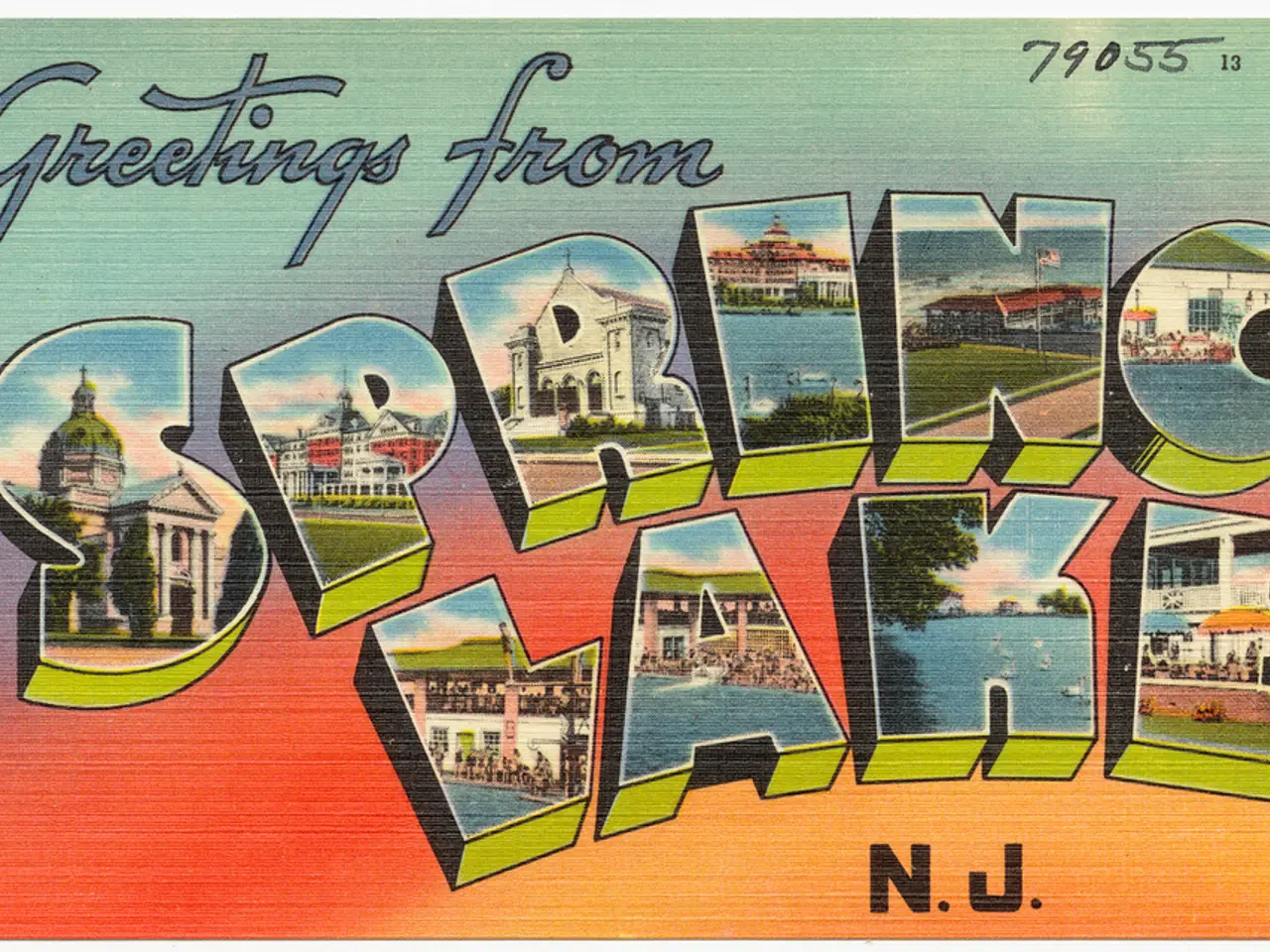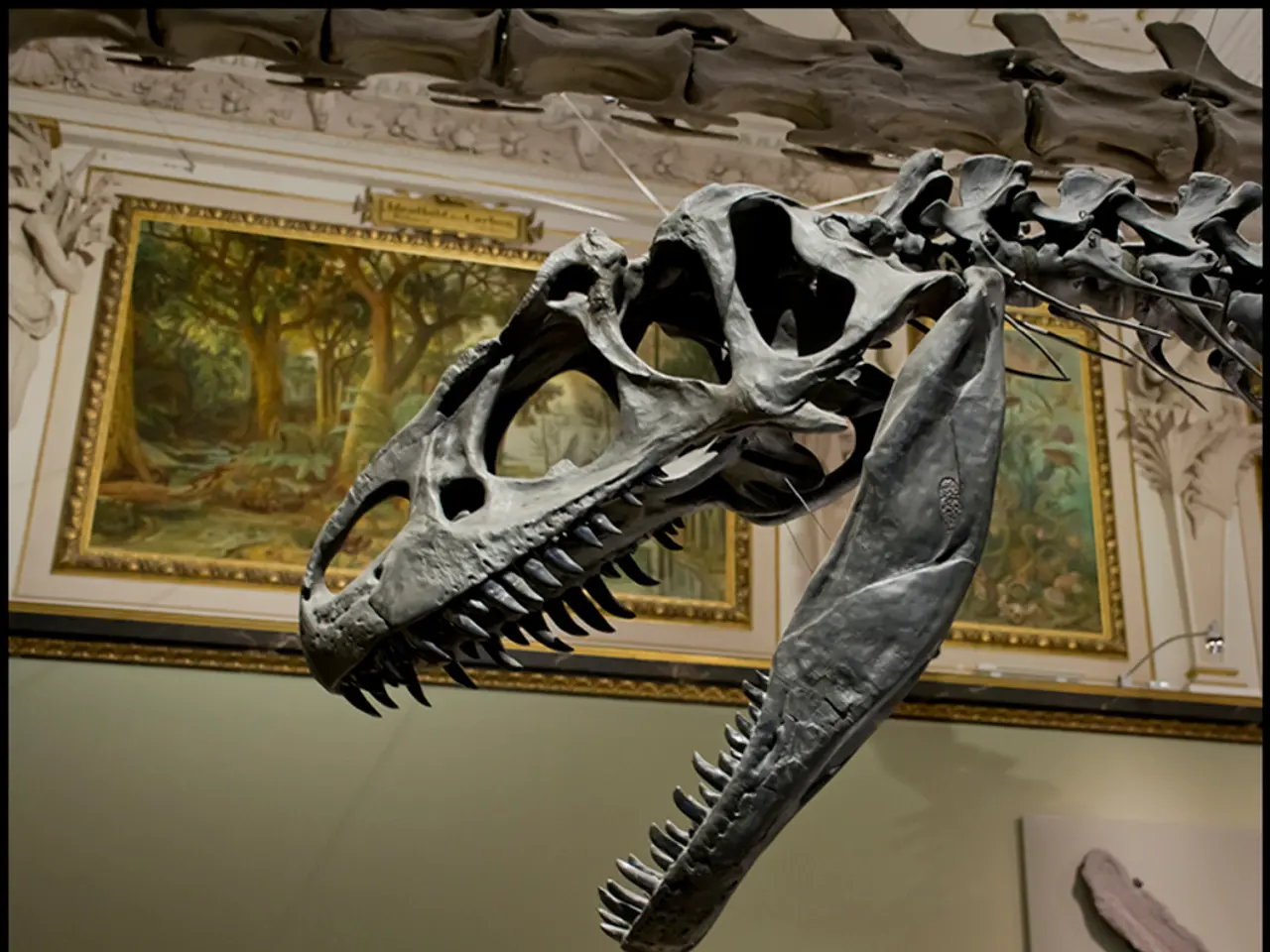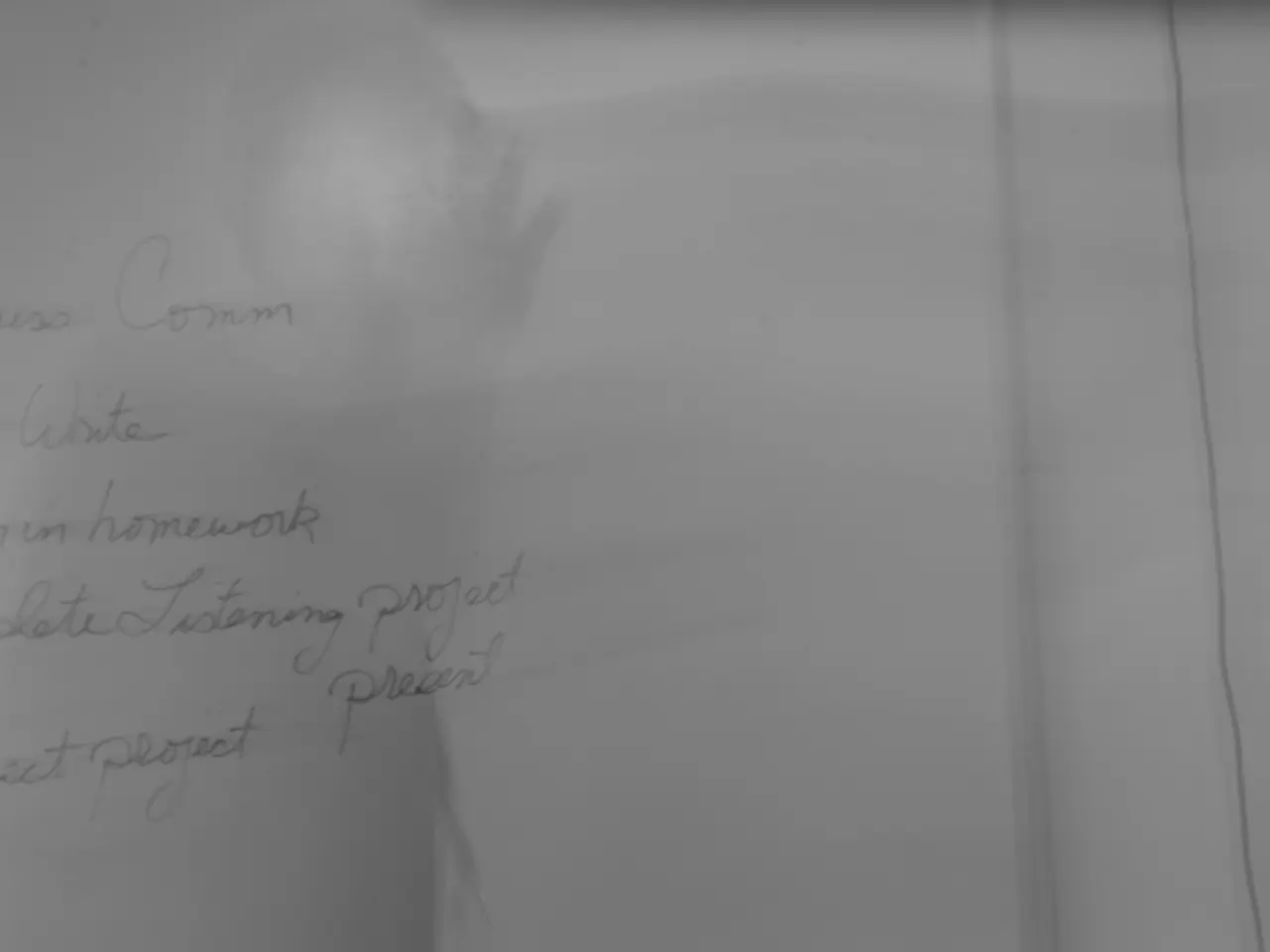Issues Arise from Muddy Elbe in the North Baltic Waterway
The Kiel Canal, a vital waterway connecting the North and Baltic Seas, is currently facing a significant challenge due to the formation of a sandbank in the Elbe River. This sandbank, located near the canal entrance, has been causing ships to run aground, lose their way, or be forced to wait for high tide to exit the canal.
The source of the silt that is causing the sandbank is currently under investigation. While the exact details are not yet available, it is believed that the sediment is carried downstream from the Elbe, with its origin likely rooted in natural river processes, upstream erosion, and deposition. The accumulation of sand and silt in the river channel near the canal entrance creates hazardous sandbanks that pose a threat to navigation.
The investigation into the sandbank's origin is ongoing, and it may provide valuable insights into preventing future sandbanks. Some speculate that construction work on the fifth lock chamber or the new fairway in the Elbe could be responsible for the silt. New currents resulting from this construction work might be causing the sediment to settle in the Elbe River, leading to the formation of the sandbank.
The problem is causing significant disruptions in the shipping schedule, with ships only able to exit the canal during specific time windows. The draft for ships in the canal is also being limited, further complicating navigation. As a result, many ships are now required to wait for high tide to exit the canal, leading to delays.
Despite these challenges, no alternative routes have been mentioned for ships unable to use the Kiel Canal. The timeline for resolving the sandbank issue remains uncertain due to the ongoing investigation.
Two prominent figures, Jens-Broder Knudsen, the chairman of the Initiative Kiel Canal, and Jan Klein, the managing director of the Maklerei UCA United Canal Agency, are demanding swift action to address the issue. They are urging authorities to expedite the investigation and find a solution to the sandbank problem as soon as possible.
Historically, the Elbe river region has seen the formation of sandbanks before, with one previously appearing before the Brunsbüttel locks. This natural sediment transport and deposition process is the underlying cause behind the canal's current navigation hazards.
As the investigation continues, the hope is that a solution will be found to clear the sandbank and restore the Kiel Canal to its full navigational capacity. In the meantime, ships and their crews must navigate the challenges posed by the sandbank, hoping for a swift resolution to this ongoing issue.
- The origin of the current sandbank issue in the Elbe River, which is affecting the Kiel Canal, may be linked to environmental-science factors such as natural river processes, upstream erosion, and deposition.
- As the investigation progresses, it is crucial for scientists who study climate-change and weather patterns to analyze potential contributions from construction works on the fifth lock chamber or the new fairway in the Elbe, to understand if they are causing changes in the river's currents and sediment transportation.
